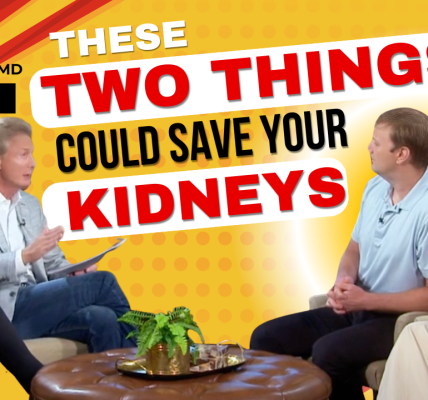Male menopause is characterized by loss of confidence, energy and mtoivation. The condition is medically referred to as andropause, hypogonadism or testosterone deficiency syndrome. It typically progresses as men age.
Andropause affects about 20 percent of men over the age of 50. Those who are diabetic, obese or have high blood pressure-and are older than 50-are

twice as likely to be testosterone deficient. Key indicators of andropause are decreased memory, the development of male breasts (gynecomastia) and low-hanging testicles. Asthma, high cholesterol and enlarged prostate are also commonly associated with low levels of testosterone.
Excess body fat tends to accumulate in men with low testosterone, and they also become markedly more irritable. Male menopause is marked by an increase in estrogen. This hormonal switch can trigger loss of armpit, chest and pubic hair, as well as soften a muscular build. Erectile dysfunction, loss of sexual desire and infertility can also result.
Andropause can be treated by improving testosterone levels. Additionally, healthy levels of testosterone help improve blood flow. Testosterone contains a compound called nitric oxide, which naturally helps blood vessels expand.
Too often, this male menopause is dismissed as “getting old.” Monitoring your hormone levels is essential to receiving effective help for andropause. Unfortunately, about 95 percent of Americans ignore their hormones. Having your estrodiol and PSA levels checked and balanced is crucial to preventing and treating andropause.
SOURCES: http://www.andropausesociety.org/about-andropause















